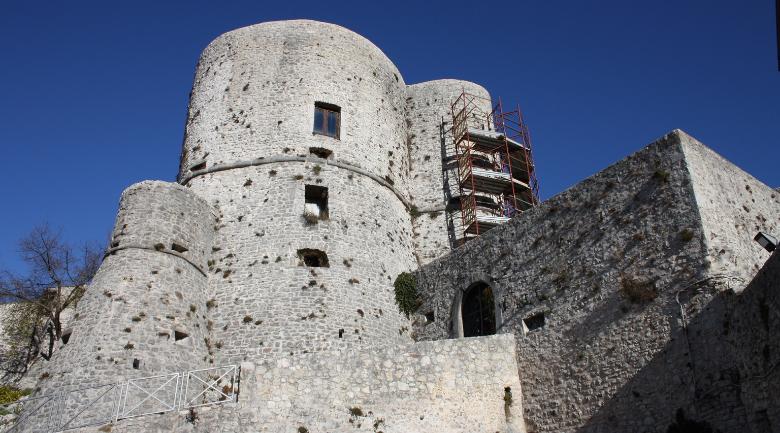Museum of the Mummies of Ferentillo
In the heart of the Valnerina, in the lush Nera River Park, lies the village of Ferentillo, known for the discovery of some mummified bodies inside the crypt of the Church-Museum of Santo Stefano.
The crypt is home to the Museum of the Mummies. Curious is the inscription at its entrance: "Today to me, tomorrow to you, I was what you are, you will be what I am. Think mortal that thy end is this, and yet think that this will soon be."
Do not be discouraged by the ominous warning. Admire the church that houses the Museum and then enjoy your visit!
The church of Santo Stefano was built at the end of the 15th century, on the remains of a pre-existing place of worship two hundred years earlier, at the behest of the Cybo-Malaspina family, which in the same years became the promoter of a major urban and artistic development of the village. The pre-existing building was incorporated into the new structure, becoming its de facto burial crypt.
The very simple facade is embellished by a rose window decorated with small sculptures below which is the white stone entrance portal, inserted between two columns that bear the coats of arms of Lorenzo Cybo and the Lateran Chapter at the base.
The interior is divided into three naves, in Baroque and Rococo style and contains important painted canvases, including the "Martyrdom of St. Stephen", by Giuseppe Rosi, dated 1759. Not to be missed is the fresco by Pierino Cesarei, dated 1595, depicting the Nativity. The baptismal font is also splendid. Also set in the chancel, on the right pillar, is a tabernacle for the preservation of holy oils, that dates back to the 16th century.
The crypt, which dates back to the 13th century, has medieval architectural and artistic elements such as the ancient entrance portal, the remains of the apse, and frescoes from the 14th and 15th centuries, while the floor consists of the earth used for burial, compacted thanks to the dripping of water from the ceiling.































